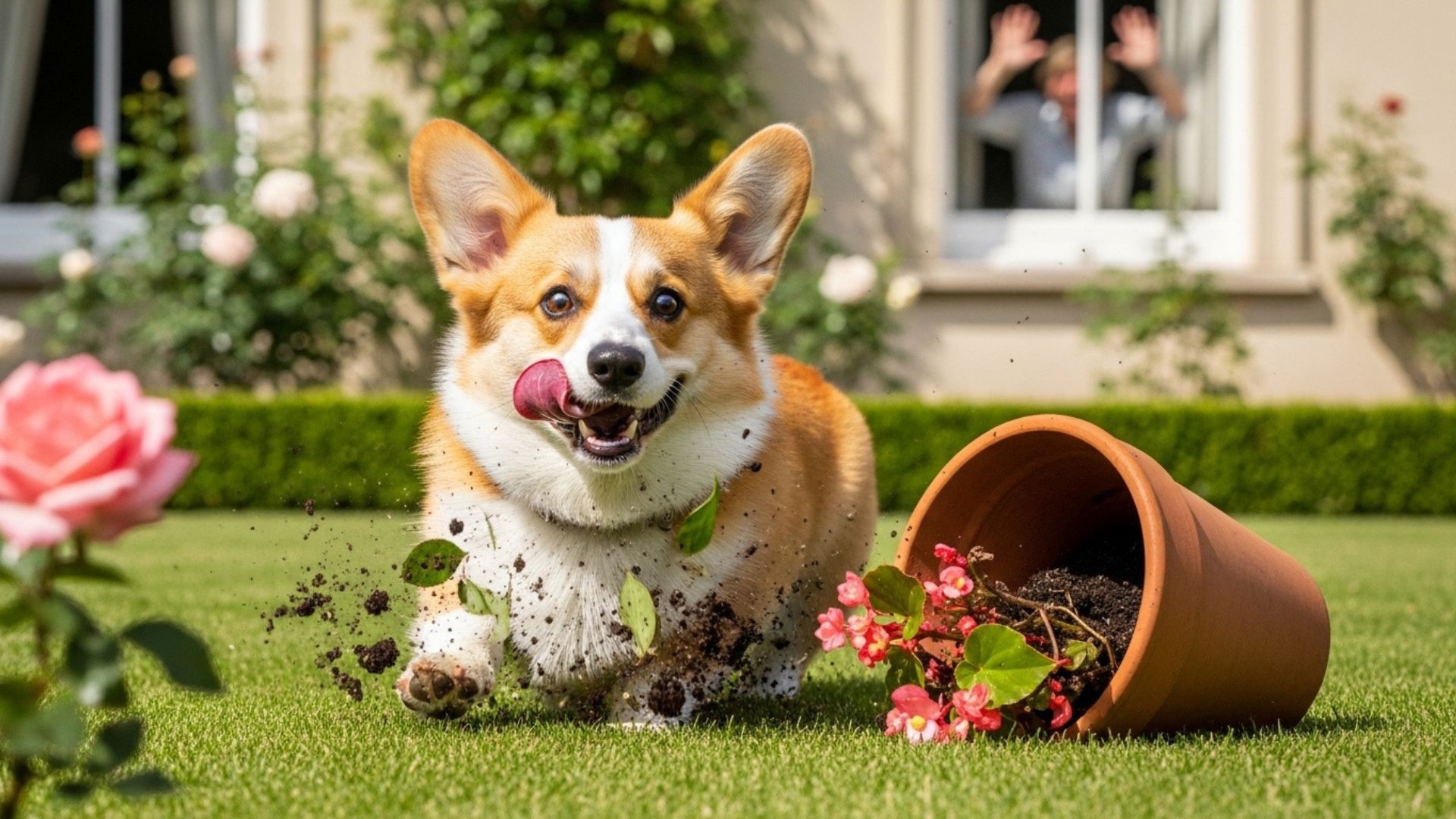We all love our dogs… but let’s be honest — some pups have a mischievous streak that’s equal parts hilarious and mortifying. From stealing socks to photobombing your video calls, a few dog breeds just can’t help but stir up adorable chaos wherever they go.
Behind every chewed-up slipper and mud-covered paw print is a furry troublemaker with the biggest heart. These “naughty” breeds might be a handful, but they’re also the ones who make life far more entertaining.
Their antics leave us blushing one minute and laughing the next — because deep down, we wouldn’t trade them for anything.
Here, we’ll reveal the most embarrassing, worst-behaved dog breeds — the lovable rogues of the canine world. Whether it’s their boundless energy, stubborn personality, or curious nose, these pups remind us that perfection is overrated — and a little mischief keeps life interesting.
Quick Tip: Even the “worst-behaved” dogs often act out from boredom or lack of training. Training consistency is one of the biggest factors in improving canine manners—no matter the breed!
Most Embarrassing Worst Behaved Dog Breeds
1. Dachshund

Dachshunds are like little sausages with a mission: dig, bark, and cause just the right amount of chaos. Their long bodies and short legs make them utterly adorable—but don’t let their cuteness fool you. Beneath that wiggly exterior lies a fearless, stubborn, and endlessly curious mind.
Originally bred as hunting dogs, Dachshunds have an instinct to burrow and chase small animals. That means your flowerbeds, couch cushions, or even your laundry pile might suddenly become their personal excavation site.
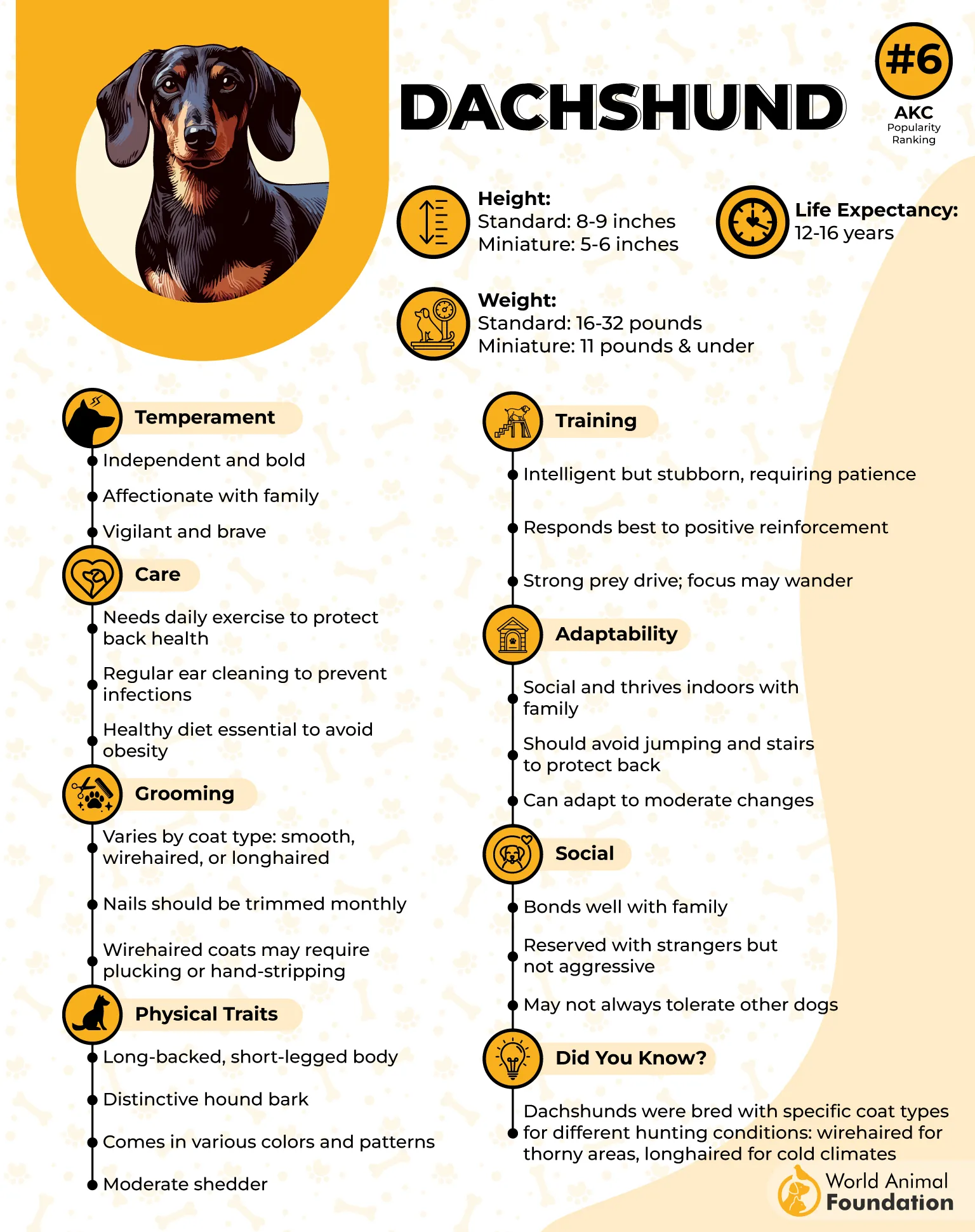
Digging isn’t misbehavior—it’s heritage. But that doesn’t make stepping over dirt mounds every morning any less embarrassing for their owners. Dachshunds are also little daredevils.
They’ll challenge dogs twice their size, bark at strangers like they’re guarding a castle, and somehow find a way onto the furniture you swore was “off-limits.”
Their stubborn streak makes training a test of patience (and treats). But with consistent guidance, mental stimulation, and a sense of humor, they can learn to channel that spirited energy in constructive ways.
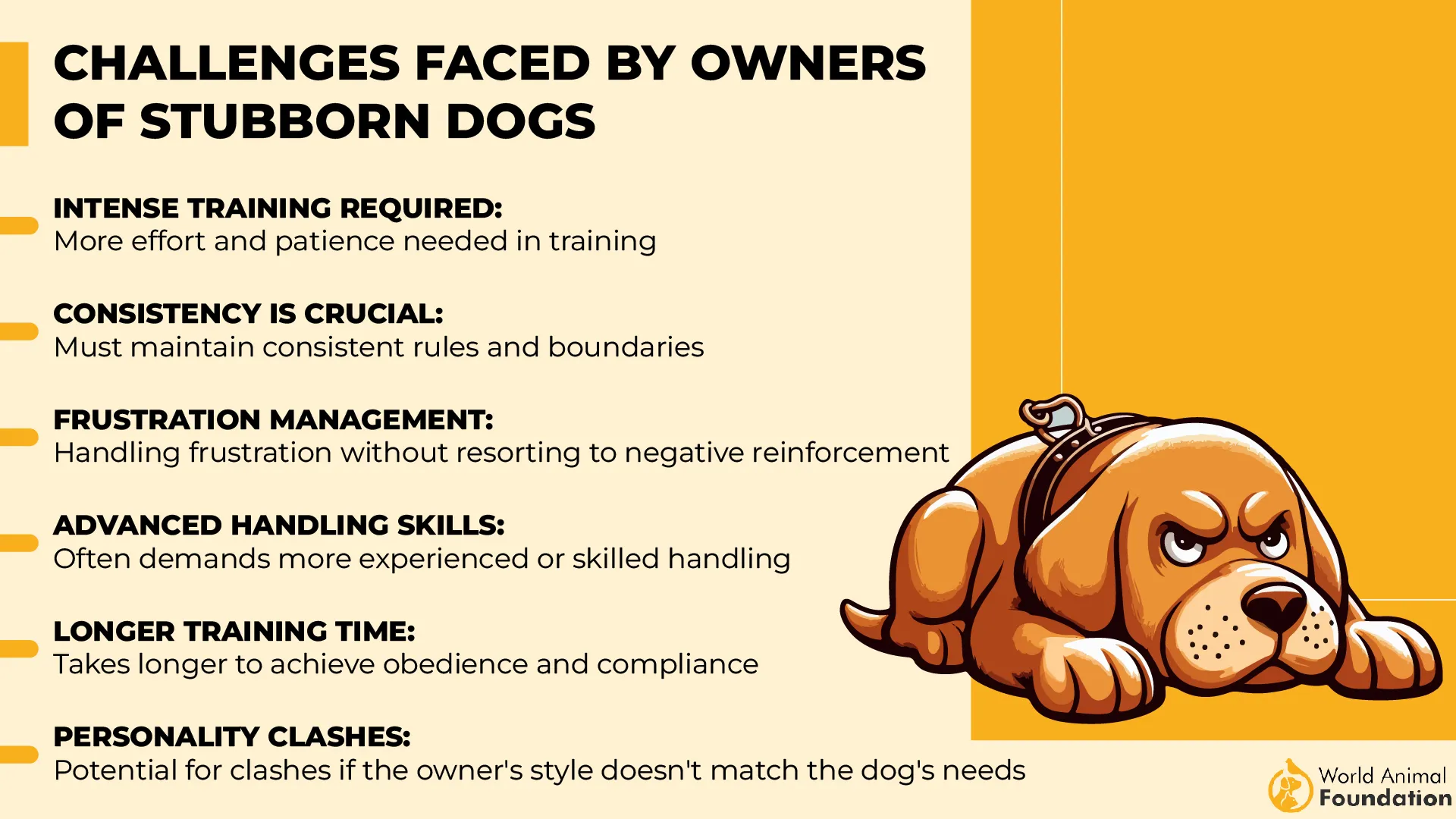
PetMD noted Dachshunds have a keen sense of smell and a strong prey instinct. This means they may not be ideal for households with smaller pets, as they might see them as something to chase.
The secret to living with a Dachshund? Give them purpose. Puzzle toys, scent games, and playful challenges satisfy their brains and keep them from inventing their own “fun” (usually involving your shoes).
They may be mischievous, bold, and a little embarrassing at times—but their loyalty, affection, and sheer personality more than make up for the chaos.
Tip: Encourage your Dachshund’s digging instinct with a designated digging box or safe outdoor area—this lets them indulge their natural behavior without turning your garden into a disaster zone.
2. Rottweiler
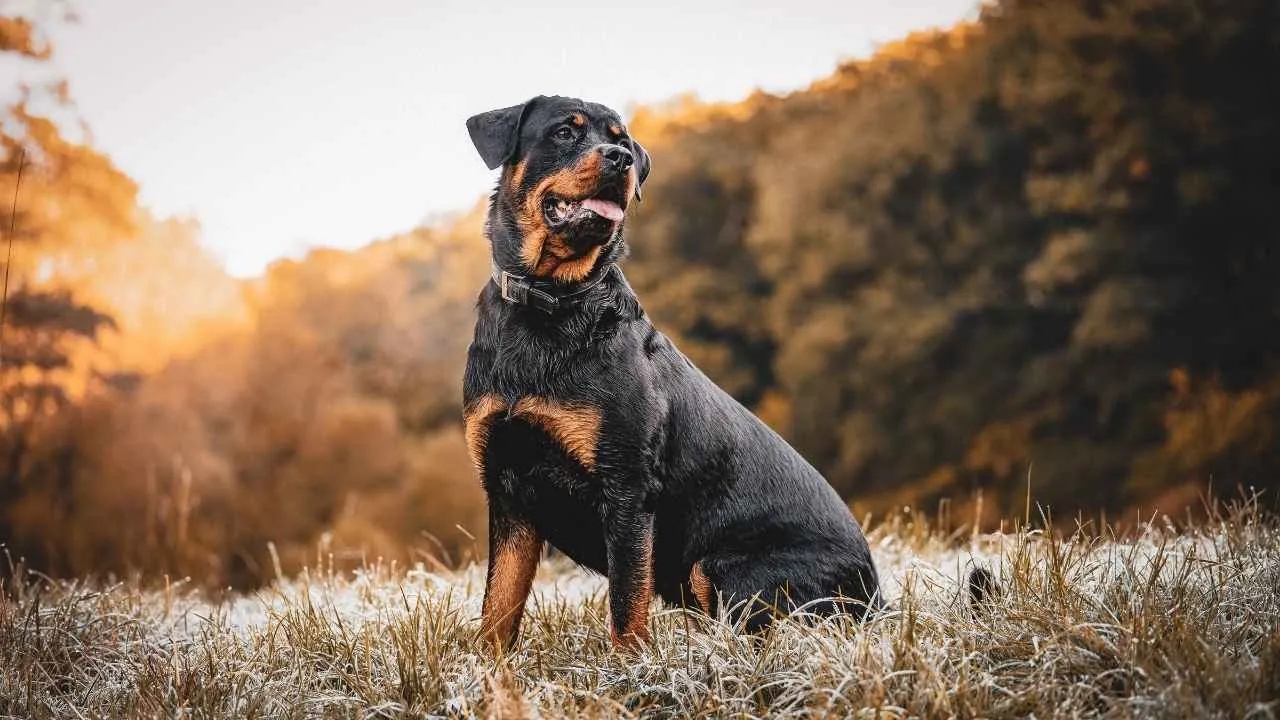
Rottweilers are strong, confident, and undeniably impressive—think muscle-bound teddy bears with a serious sense of responsibility. Originating from Roman drover dogs, they were initially bred to herd and guide the livestock of the Roman army.
Nowadays, Rottweilers continue to work as herding dogs but are also valued as service dogs, protectors, and devoted family companions.
Their protective instincts can make them appear intimidating or even aggressive, but more often than not, they’re just doing their job: keeping their family safe.
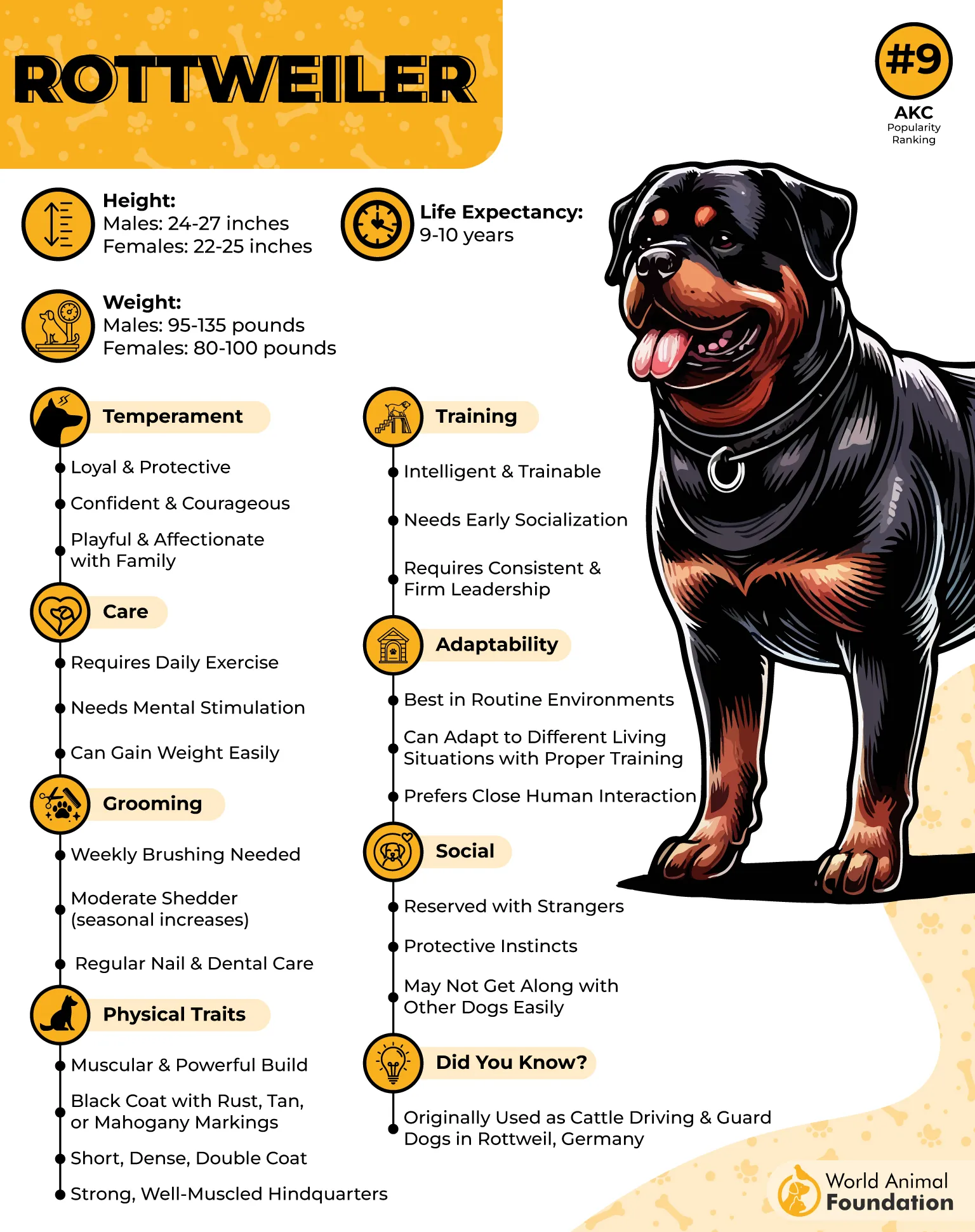
This breed isn’t inherently “bad-behaved”; they simply have a natural drive to guard, which needs clear guidance and early socialization. Without structure, their protective nature can turn into overzealous behavior, but with consistent training, Rottweilers can be calm, loyal, and surprisingly affectionate companions.
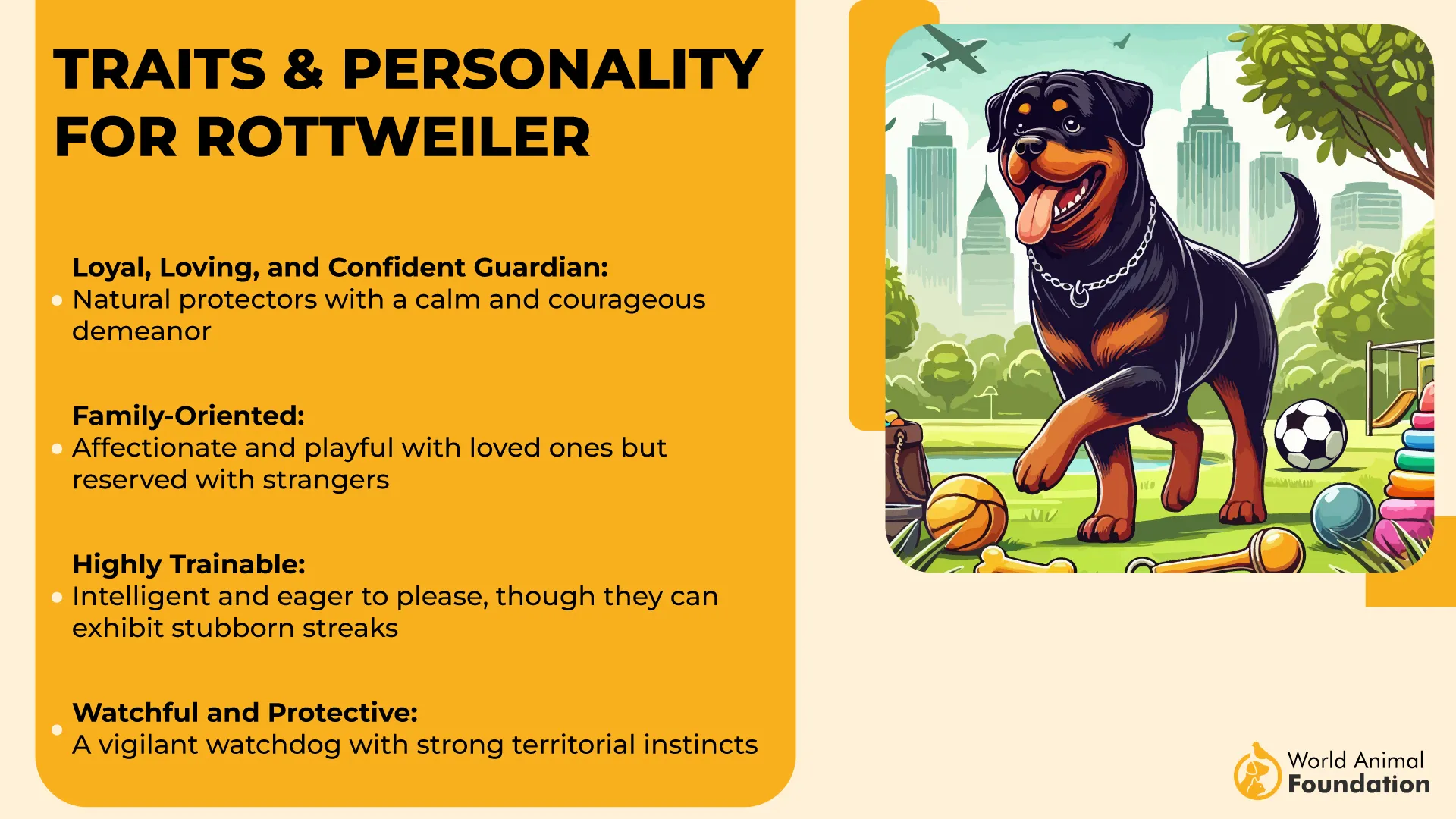
Despite their size and strength, Rottweilers often have a softer side, enjoying cuddles, playtime, and even goofy moments that reveal their lovable personality. They’re a breed that commands respect—but also inspires admiration and affection in equal measure.
According to Purina, while Rottweilers are playful and loving with their family, they can also be protective of their territory. Proper socialization and training from an early age are crucial to raising a well-behaved Rottweiler.
Tip: Teach Rottweilers boundaries early, socialize them regularly, and provide mental stimulation to channel their protective instincts into positive behavior.
3. Siberian Husky
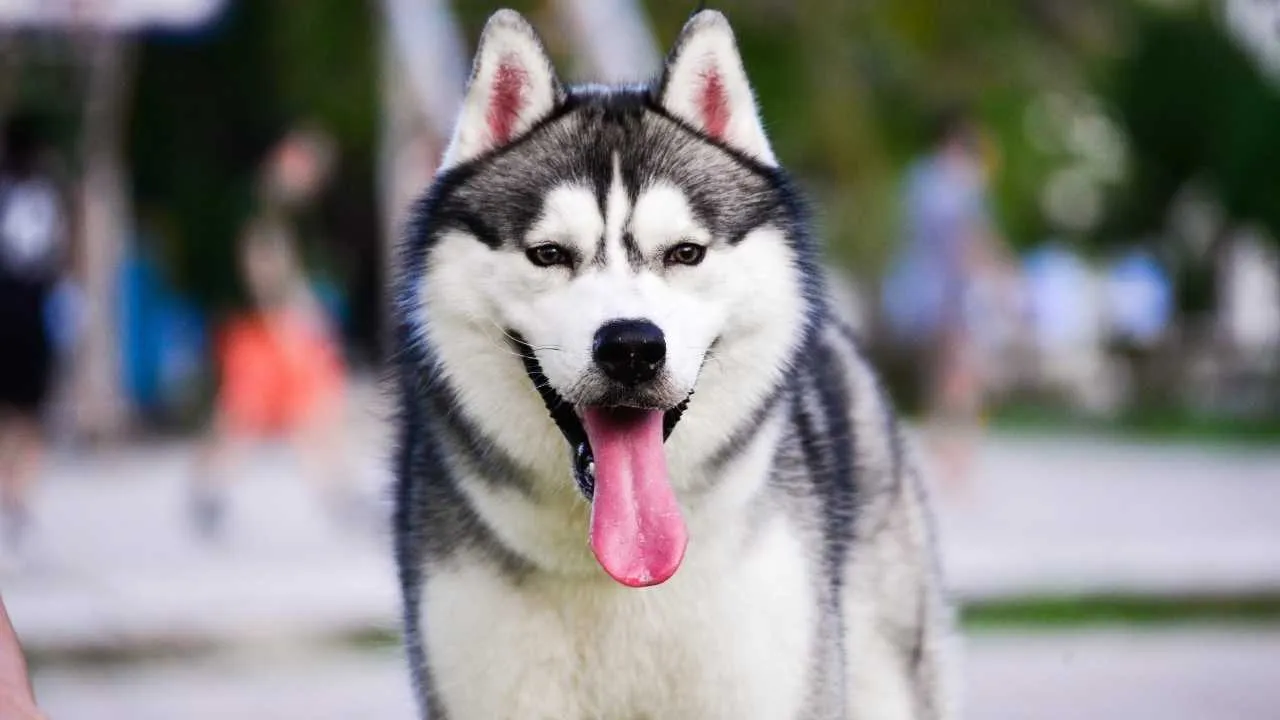
Siberian Huskies are basically the rock stars of the dog world: striking, full of energy, and capable of stealing the spotlight (and sometimes your shoes). Their independent streak and strong prey drive make them endlessly entertaining—but occasionally exasperating—companions.
Bred to work in packs and traverse icy landscapes, Huskies have a mind of their own. These sled dogs are notorious escape artists, able to climb, dig, or charm their way out of nearly any confinement. So when your Husky suddenly disappears into the neighborhood, it’s not rebellion—it’s instinct.
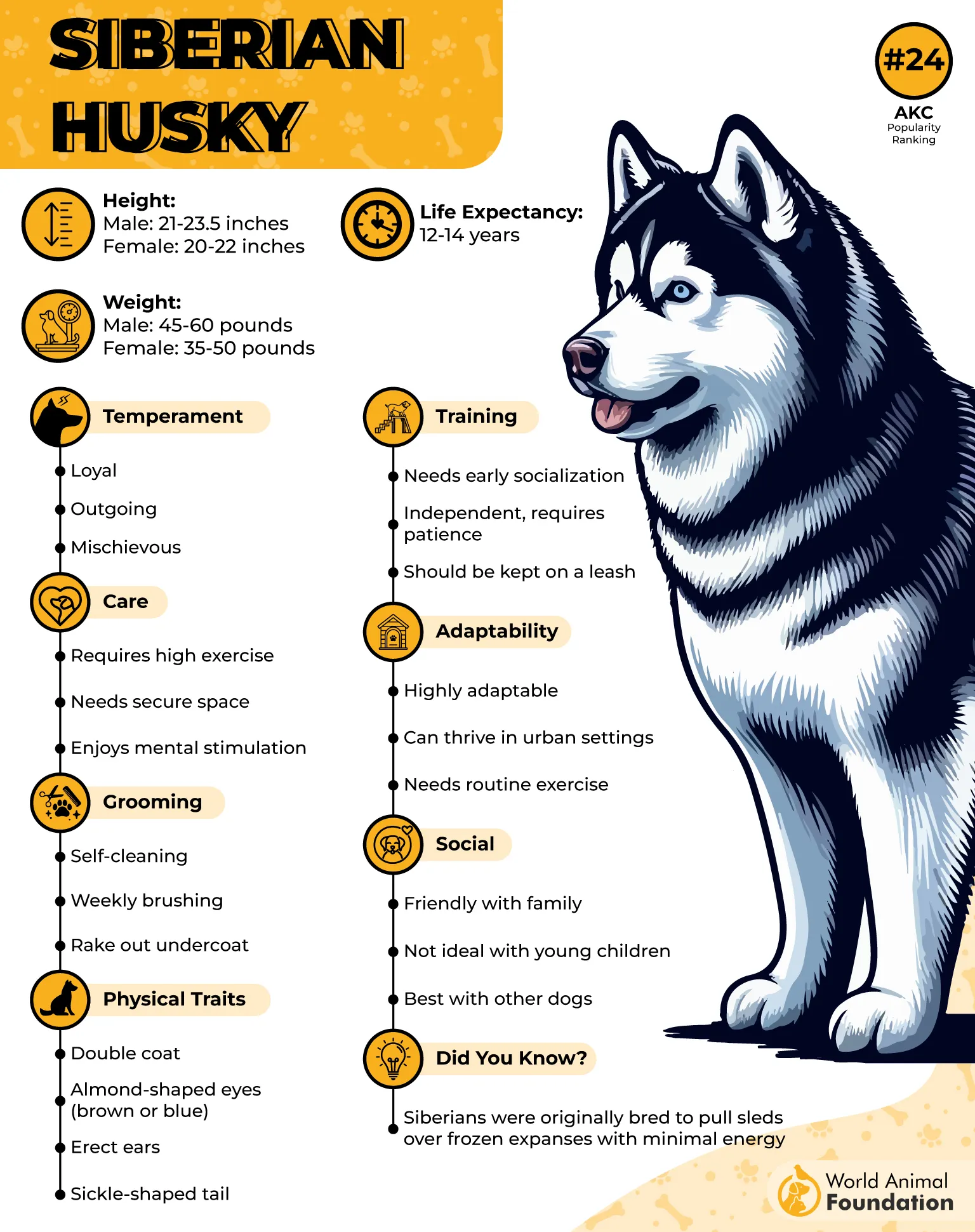
Training a Husky takes patience, consistency, and a sense of humor. With plenty of exercise, mental challenges, and a secure yard, they thrive as affectionate, playful, and loyal companions.
Just be prepared: you’ll need to keep a watchful eye, or your Husky will be off exploring the world like the adventurous spirit they were born to be.
Tip: Huskies need secure fencing, long walks, and mentally stimulating games to prevent boredom-fueled adventures. Remember: a tired Husky is a happy Husky!
4. Weimaraner
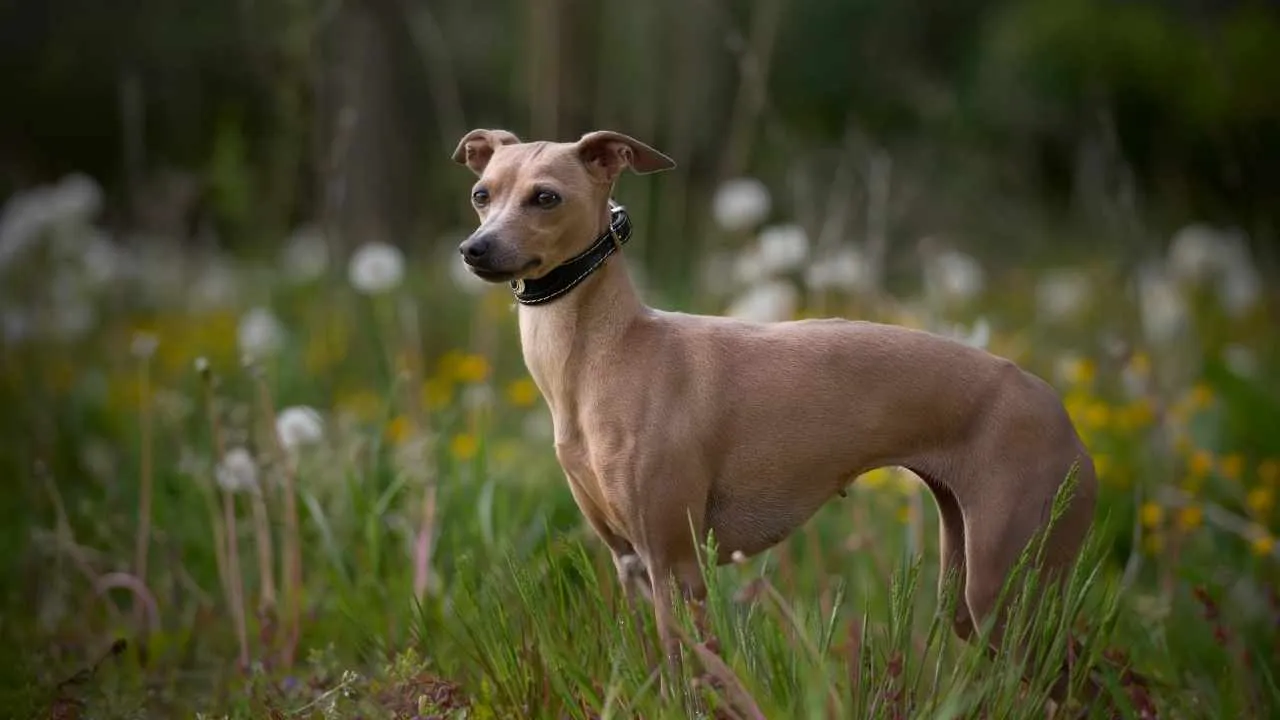
Weimaraners are the athletes of the dog world: sleek, smart, and seemingly built to run marathons… every single day. Their intelligence and keen senses make them excellent companions, but also a little high-maintenance.
Originally bred for hunting, these dogs have a strong drive that demands both mental and physical outlets. Their boundless energy isn’t misbehavior—it’s instinct.
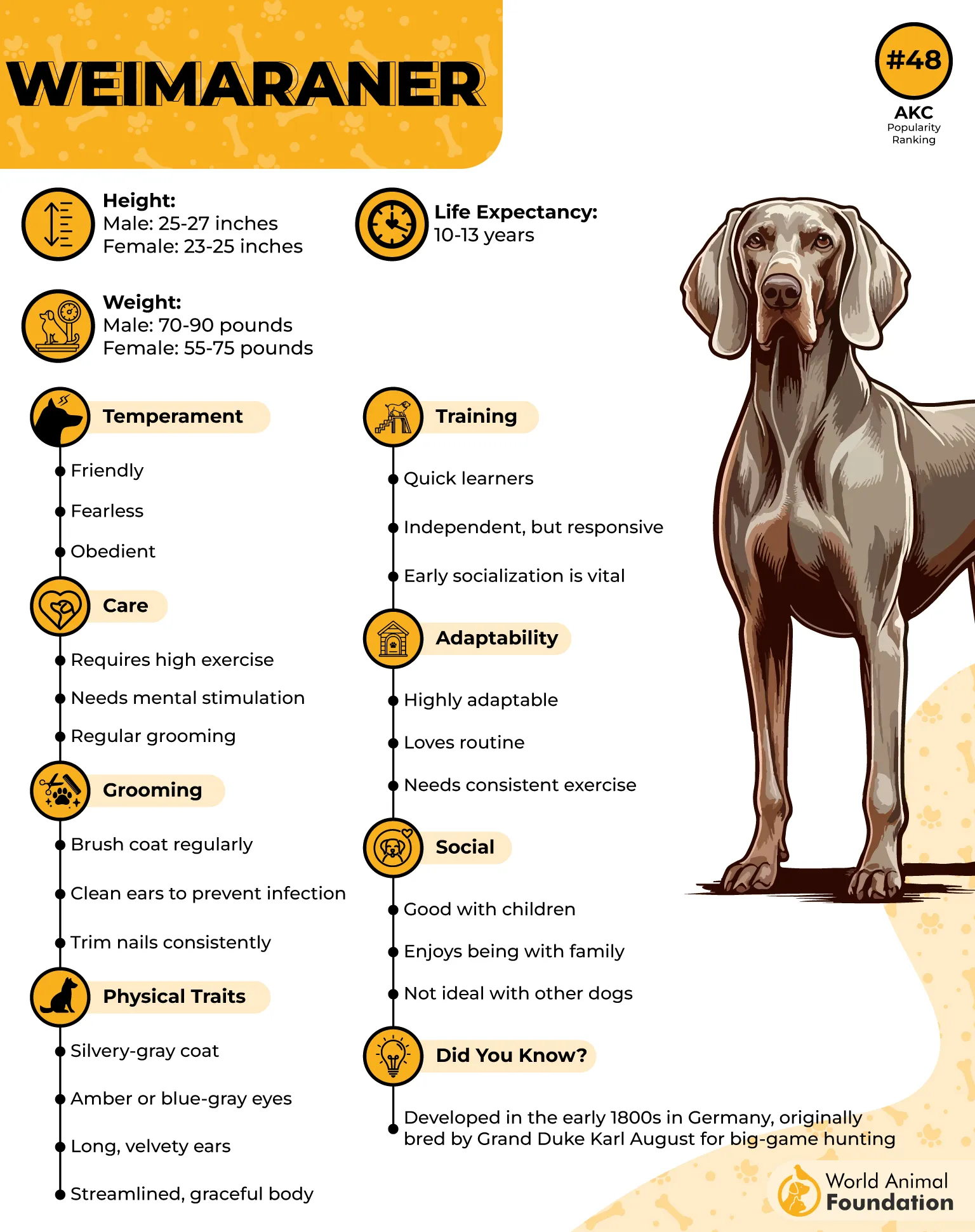
Leave a Weimaraner bored or under-exercised, and you might find your furniture rearranged, your shoes “investigated,” or your backyard turned into a personal obstacle course.
With plenty of exercise, challenging games, and tasks to keep their brilliant minds busy, Weimaraners can channel their enthusiasm into positive behavior and become loyal, affectionate companions.
Despite their high energy and occasional mischief, Weimaraners are graceful, loving, and endlessly entertaining—just don’t underestimate the sheer stamina and determination of this elegant breed.
Tip: Keep a Weimaraner happy by combining long walks, runs, or hikes with puzzle toys or scent games—an active mind and body will prevent your “athletic tornado” from turning your home upside down.
5. Bulldog
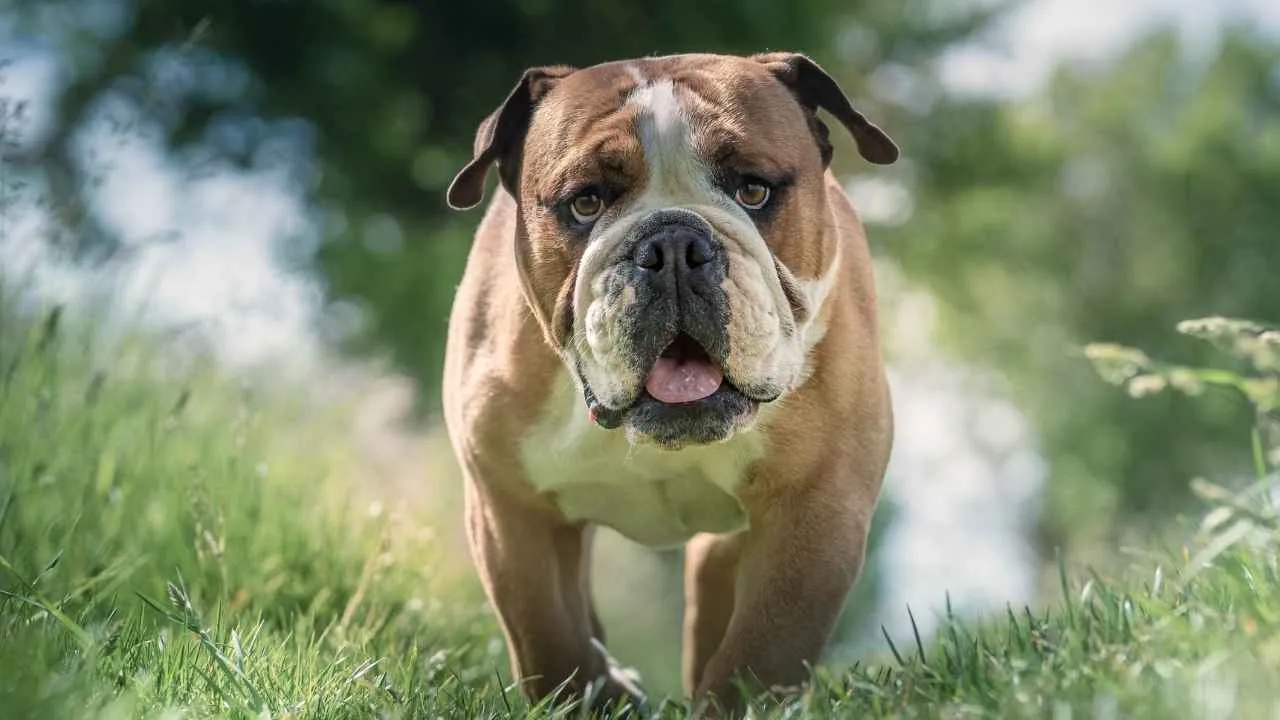
Bulldogs are masters of relaxation and champions of doing absolutely nothing… with style. Their signature stubbornness and laid-back attitude make them one of the most charming—and occasionally frustrating—breeds around.
Want to go for a long walk? Your Bulldog might give you the classic “I’m not moving” stare. Want to play fetch? They’ll consider it… eventually.
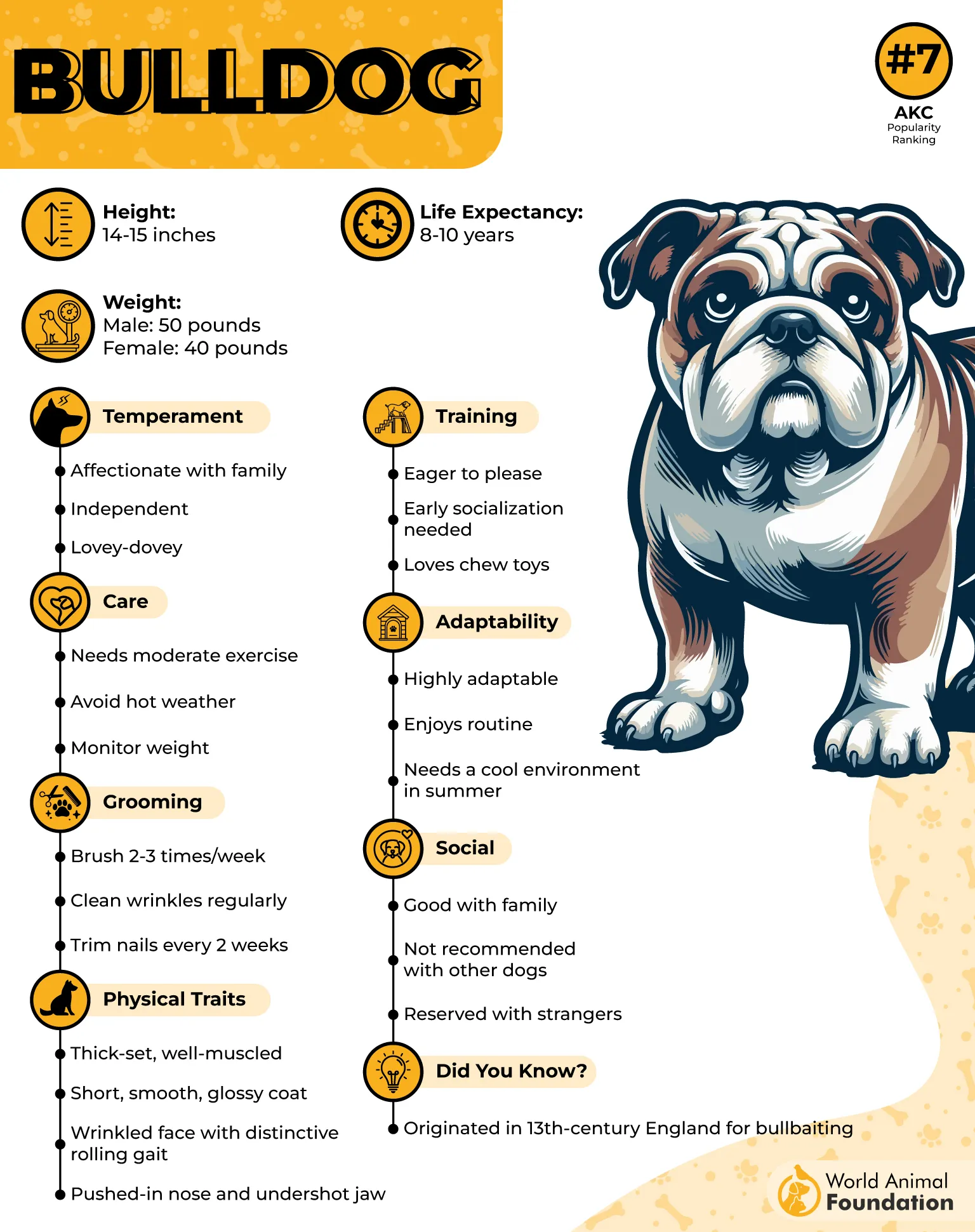
This behavior isn’t laziness for laziness’ sake. Bulldogs are brachycephalic, meaning their flat faces make breathing and overheating real challenges. Their reluctance to be active is partly instinct and partly self-preservation.
With gentle encouragement, short walks, and plenty of cozy lounging spots, Bulldogs can stay healthy without sacrificing their signature chill vibe.
Despite their stubborn streak, Bulldogs are loyal, affectionate, and hilarious companions. They may hog the couch, snore like a chainsaw, and take their sweet time with everything—but their charm and devotion more than make up for it.
Tip: Embrace their slower pace—use short, gentle walks and interactive toys to keep your Bulldog healthy while respecting their comfort and physical limitations.
6. Jack Russell Terrier
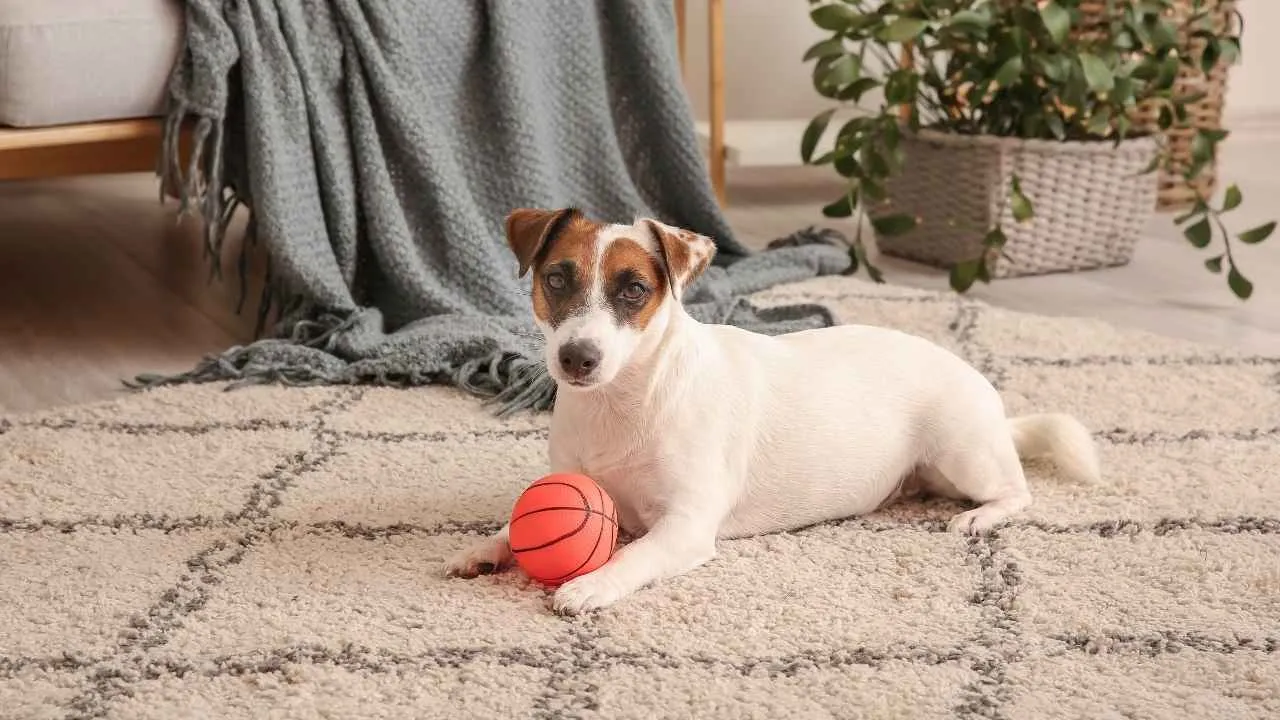
Jack Russell Terriers may be small, but they come with energy levels that could power a small city. This small dog breed is smart, fearless, and endlessly curious—qualities that make them both entertaining and, let’s be honest, occasionally exhausting.
Bred for hunting, Jack Russells have a natural drive to chase, dig, and explore. Leave them bored for even a few minutes, and they’ll invent their own “fun,” which often involves shredded pillows, overturned trash cans, or an impromptu sprint around the house at full speed.
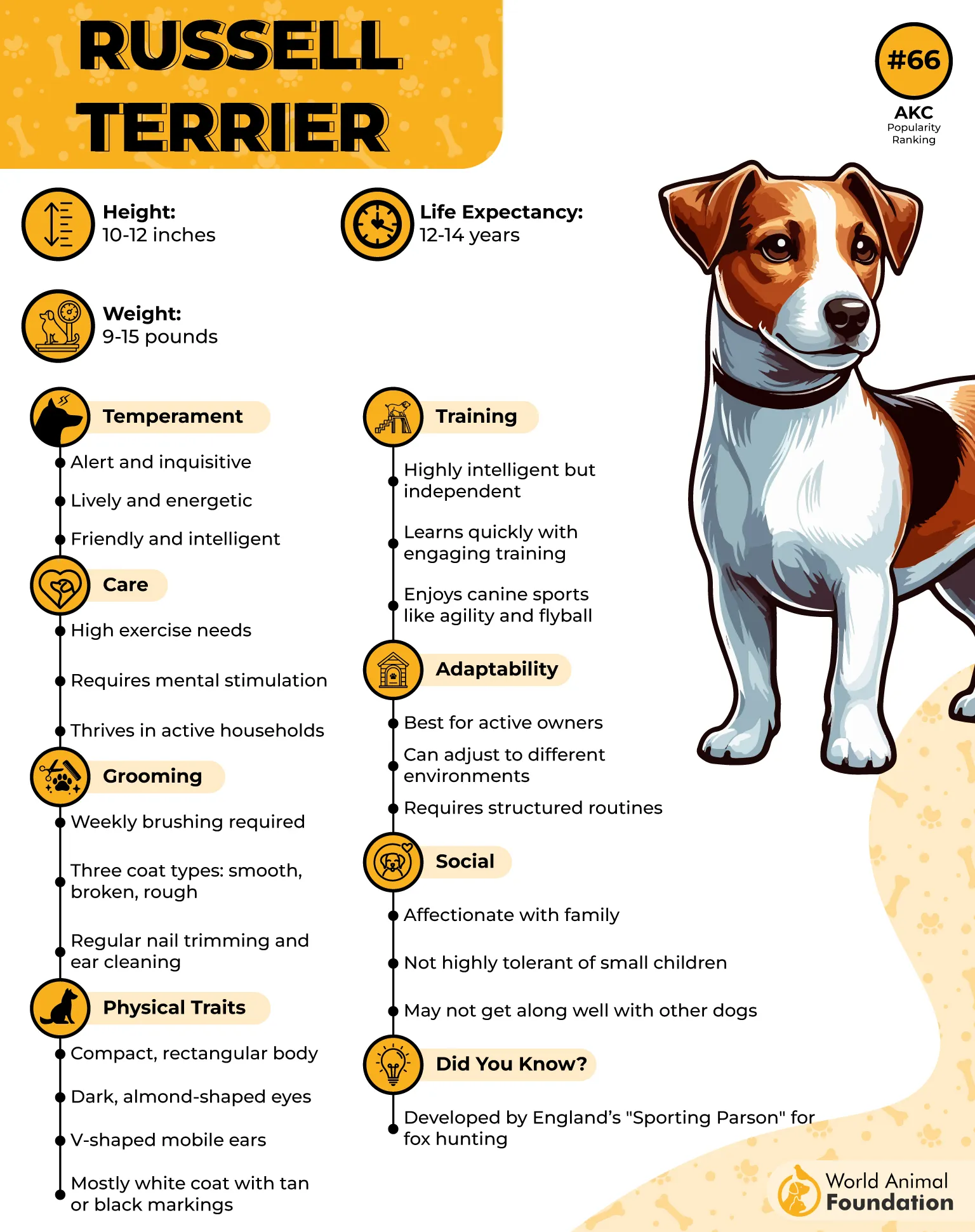
Their spirited behavior isn’t mischief for mischief’s sake—it’s instinct. Although they’re loving and full of personality, their strong-willed nature can make training a challenge, so they’re often better suited for experienced dog owners.
Training a Jack Russell can be a test of patience, but with consistent guidance, mental challenges, and plenty of exercise, their energy can be channeled into positive outlets.
And despite the chaos, these tiny tornadoes are affectionate, loyal, and hilariously entertaining companions who make every day an adventure.
Tip: Keep a Jack Russell happy (and your furniture intact) with puzzle toys, agility exercises, and daily bursts of physical activity—they need both mental and physical stimulation to stay out of trouble.
7. Beagle

Beagles are the detectives of the dog world. With an incredible sense of smell and boundless curiosity, they’re natural explorers—often following their noses straight into trouble. That mysterious scent in the neighbor’s yard? They’ll find it. The trash can that smells suspiciously interesting? Also theirs. You get the idea.
This behavior isn’t mischief for mischief’s sake—it’s heritage. Beagles were bred as hunting dogs, trained to track scents over long distances. So when your Beagle ignores your commands mid-sniff, don’t take it personally—they’re just doing what comes naturally.
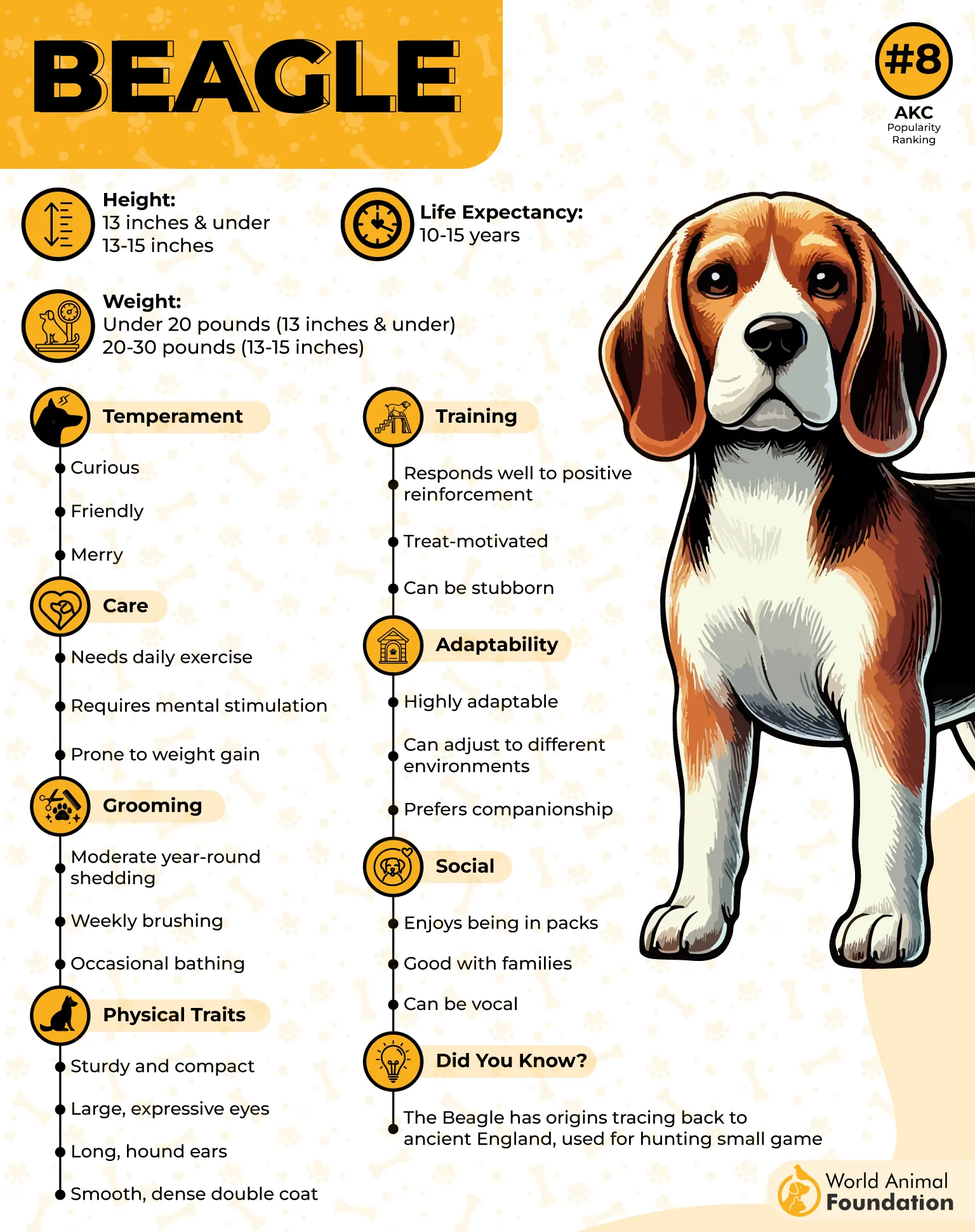
Their stubborn streak and short attention span can make obedience training feel like a long-term project, but with patience, consistent reinforcement, and a little creativity, Beagles can learn boundaries.
And despite their mischievous ways, these little hounds are affectionate, playful, and endlessly entertaining—just be ready for the occasional unsanctioned adventure.
Tip: Keep Beagles safe and happy with a secure yard, leash walks, and scent-based games—let them follow their noses in a controlled way instead of running off on their own “investigations.”
Conclusion
Every breed’s temperament—whether it’s an energetic Australian Cattle Dog, a loyal German Shepherd, a fluffy Shih Tzu, or a powerful Cane Corso—has its quirks. Some pups are natural guard dogs, while others just want a quiet life filled with cuddles and daily walks. Even other dogs with bad reputations, like Chow Chows or Alaskan Malamutes, can be incredibly loving with proper training and extensive socialization from a young age. First-time owners might find high-energy breeds like the Australian Shepherd or Border Collie challenging, while experienced owners thrive with these active lifestyle companions.
Many dogs feel uncomfortable with squealing children, rough play, or being left alone for too long—leading to destructive behavior or even a bite. But with consistency and compassion, every furry friend can learn good behavior and bring immense joy and mental health benefits to their families.
So before choosing a different breed, remember: every dog—no matter how “embarrassing” or mischievous—has a heart full of love, soulful eyes, and a paw ready to make your life better.


